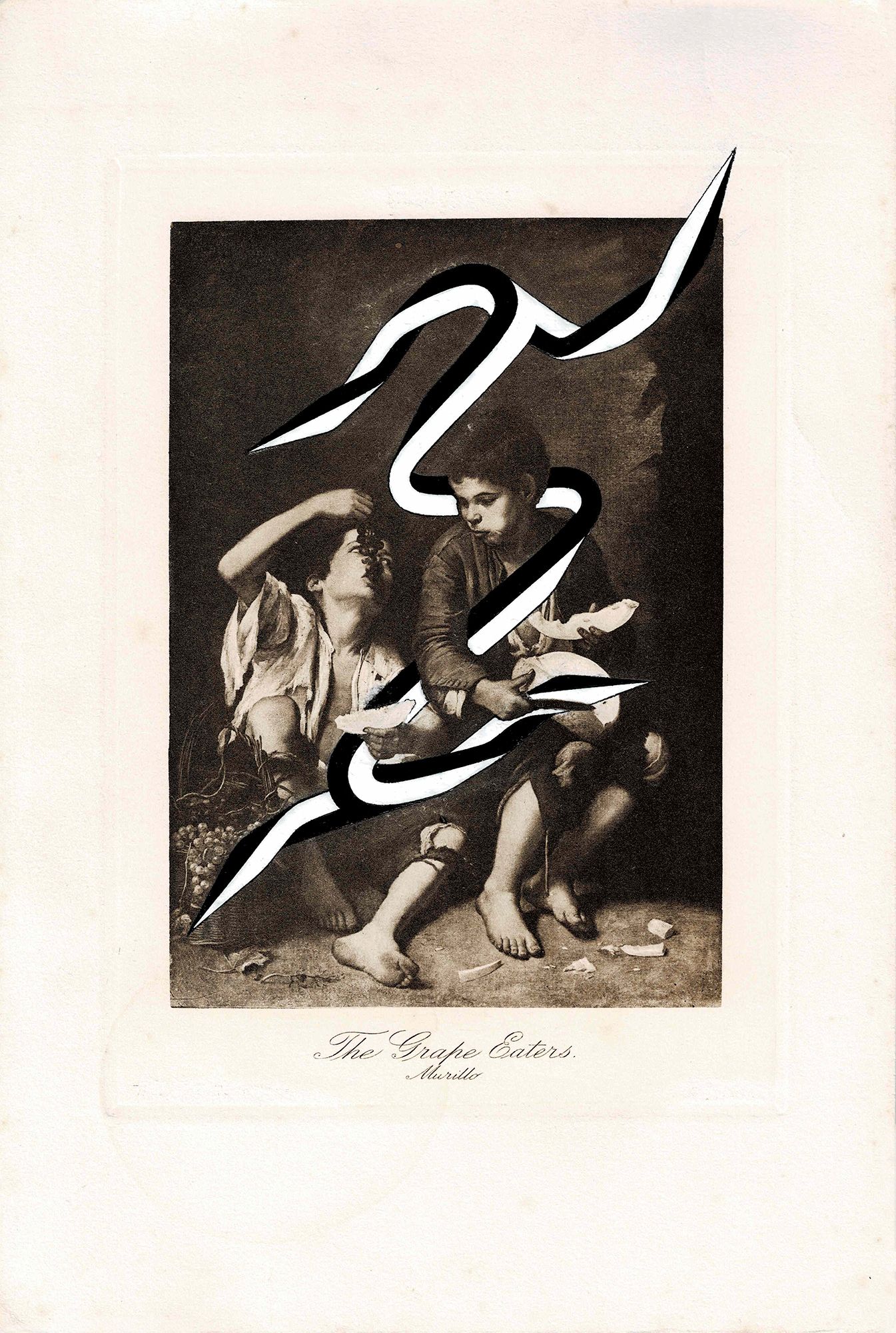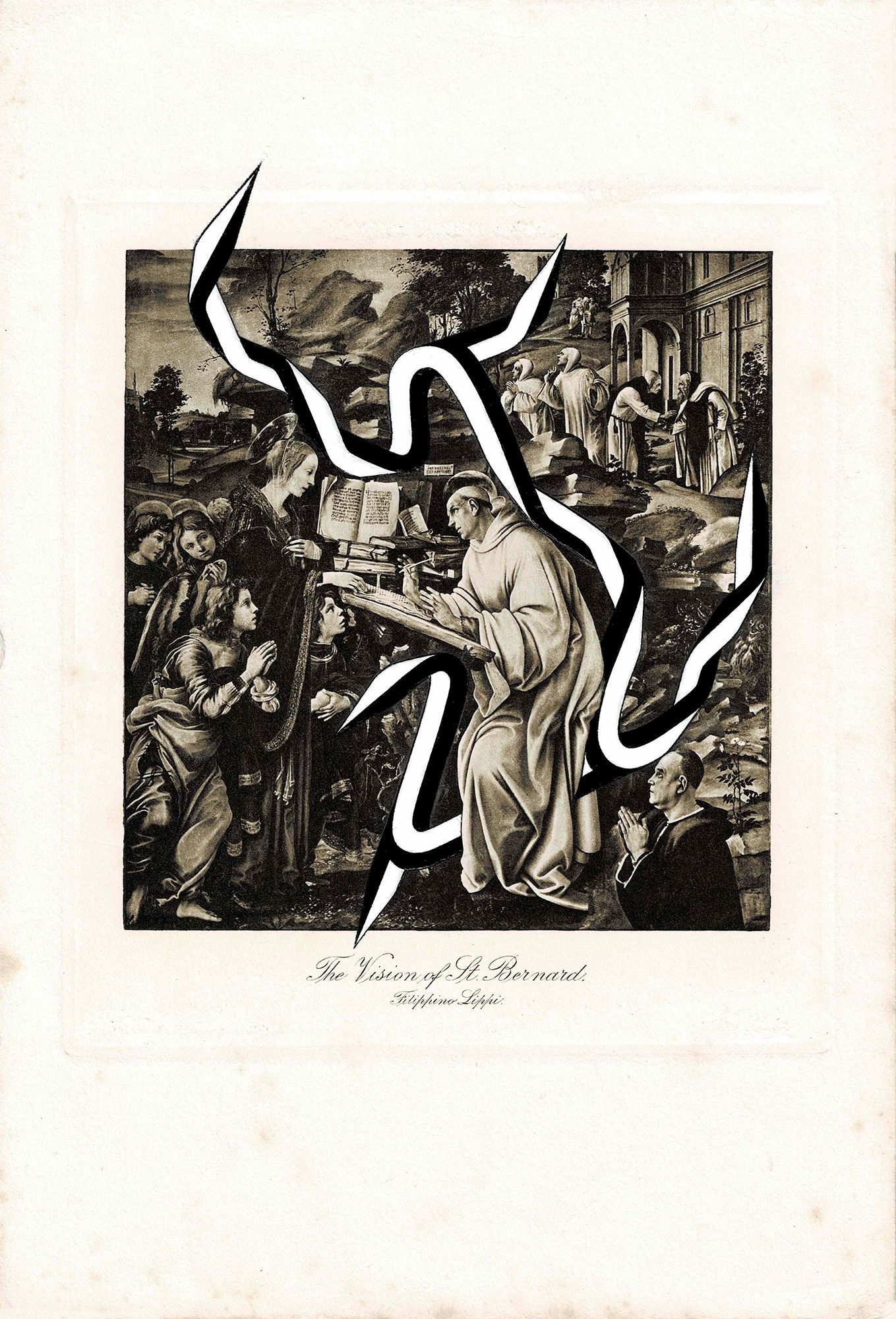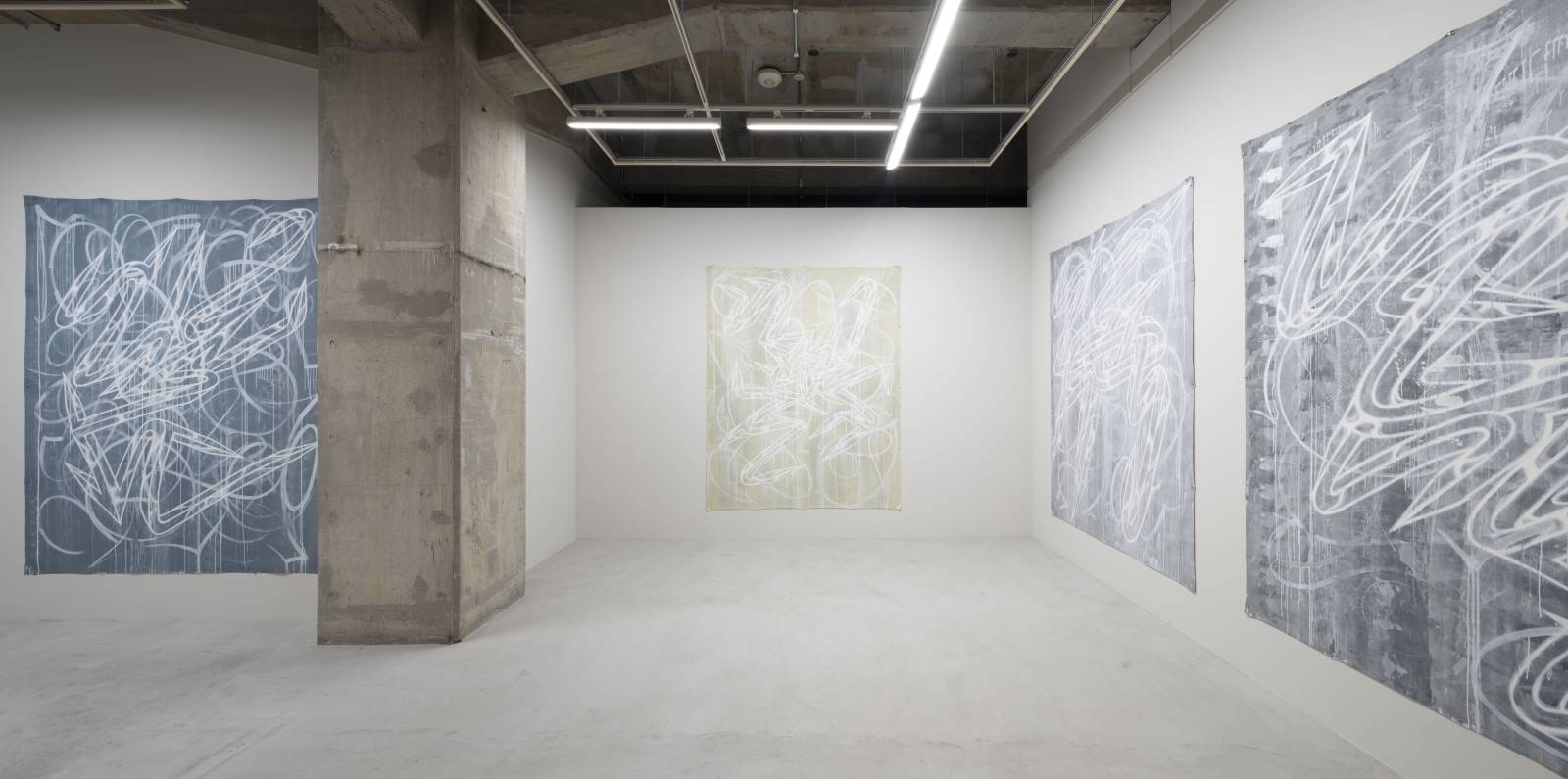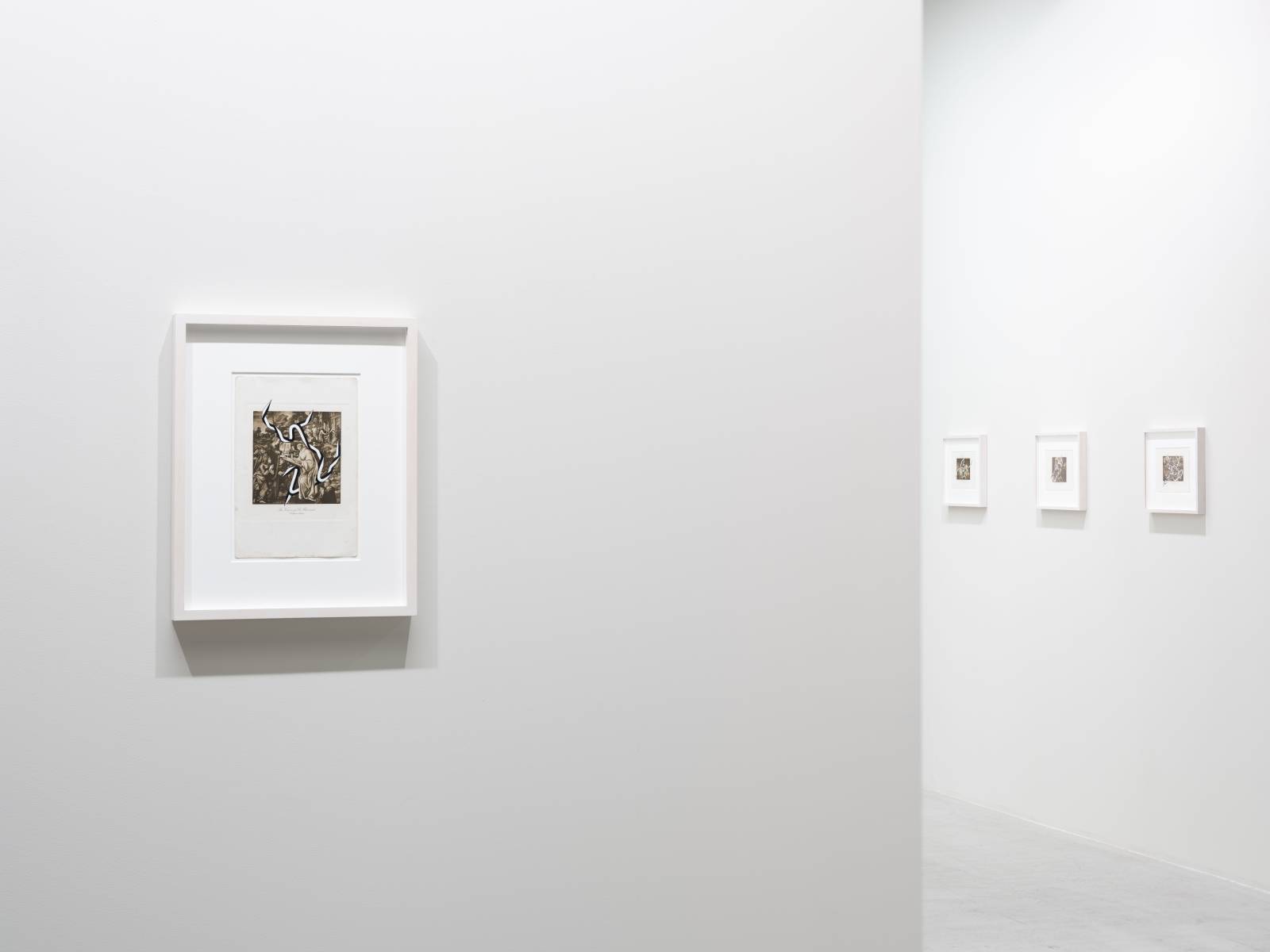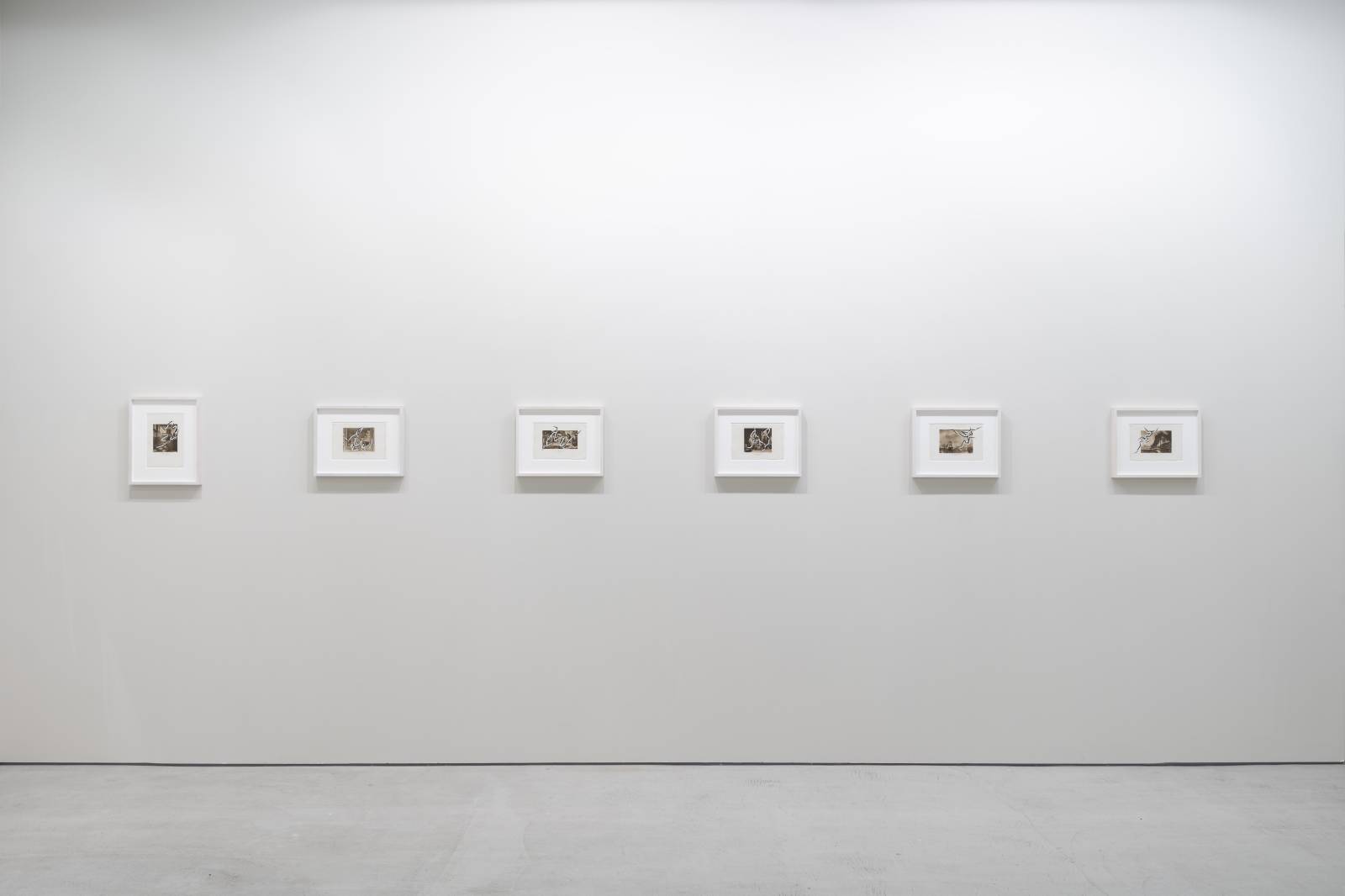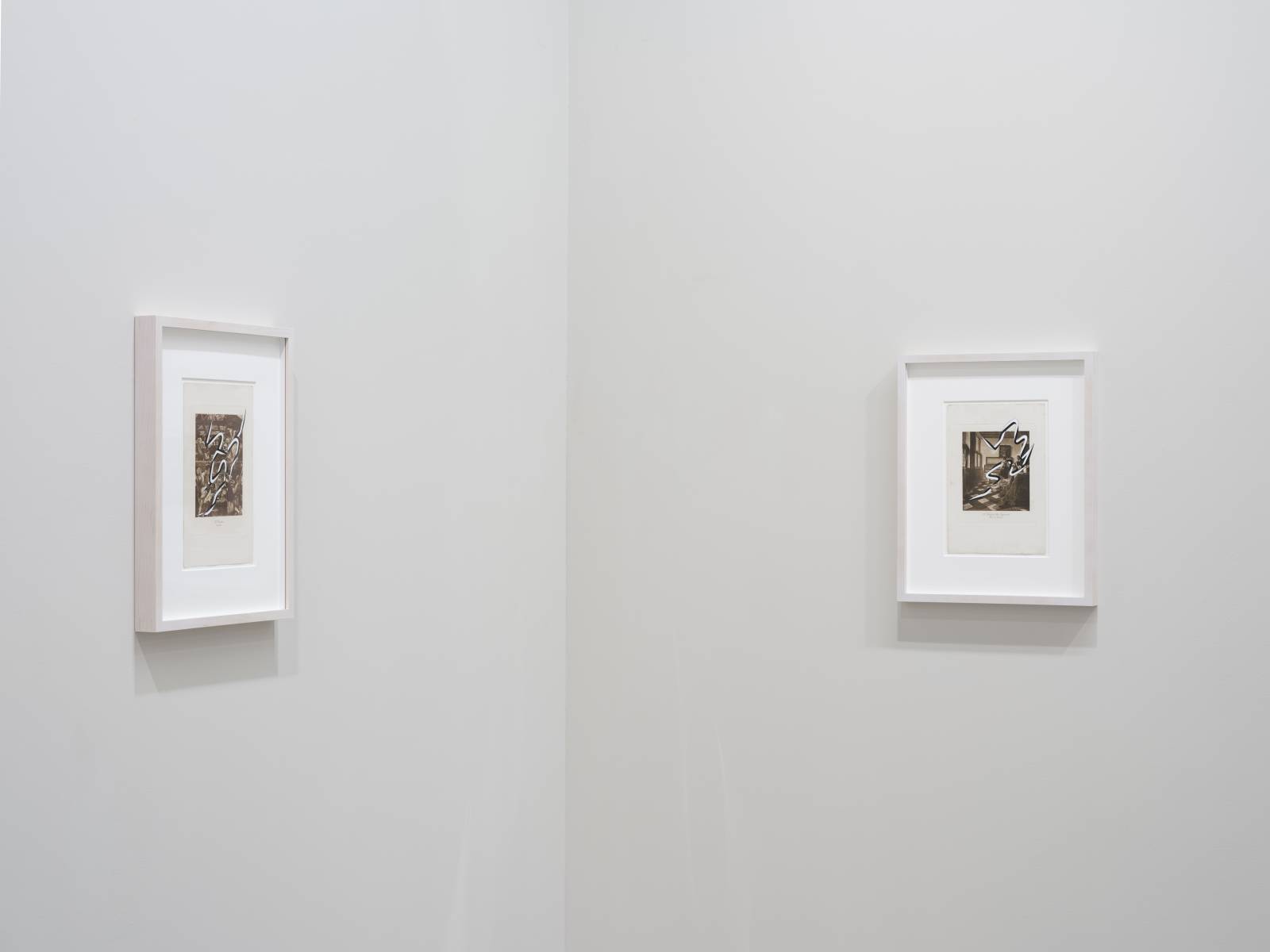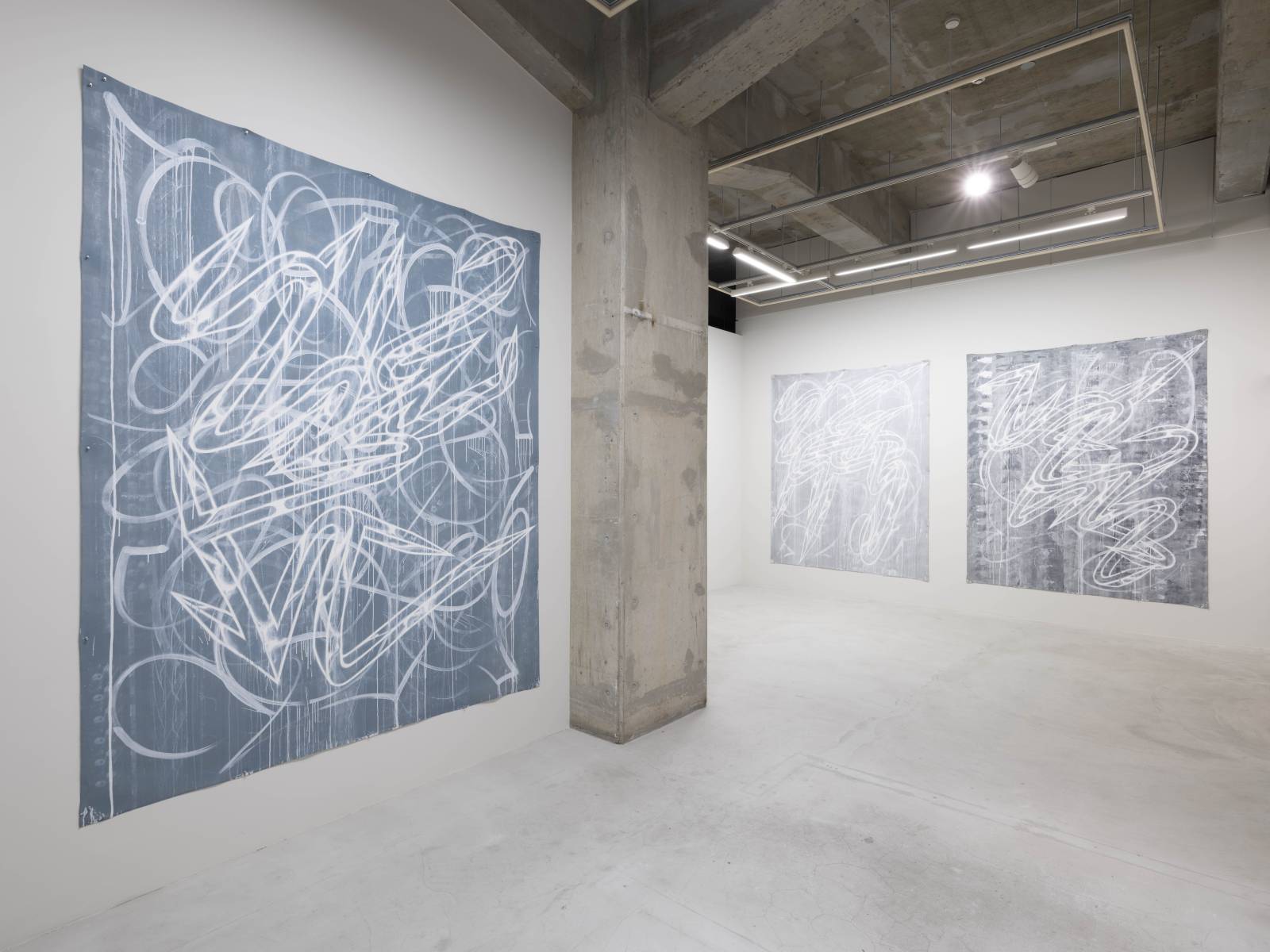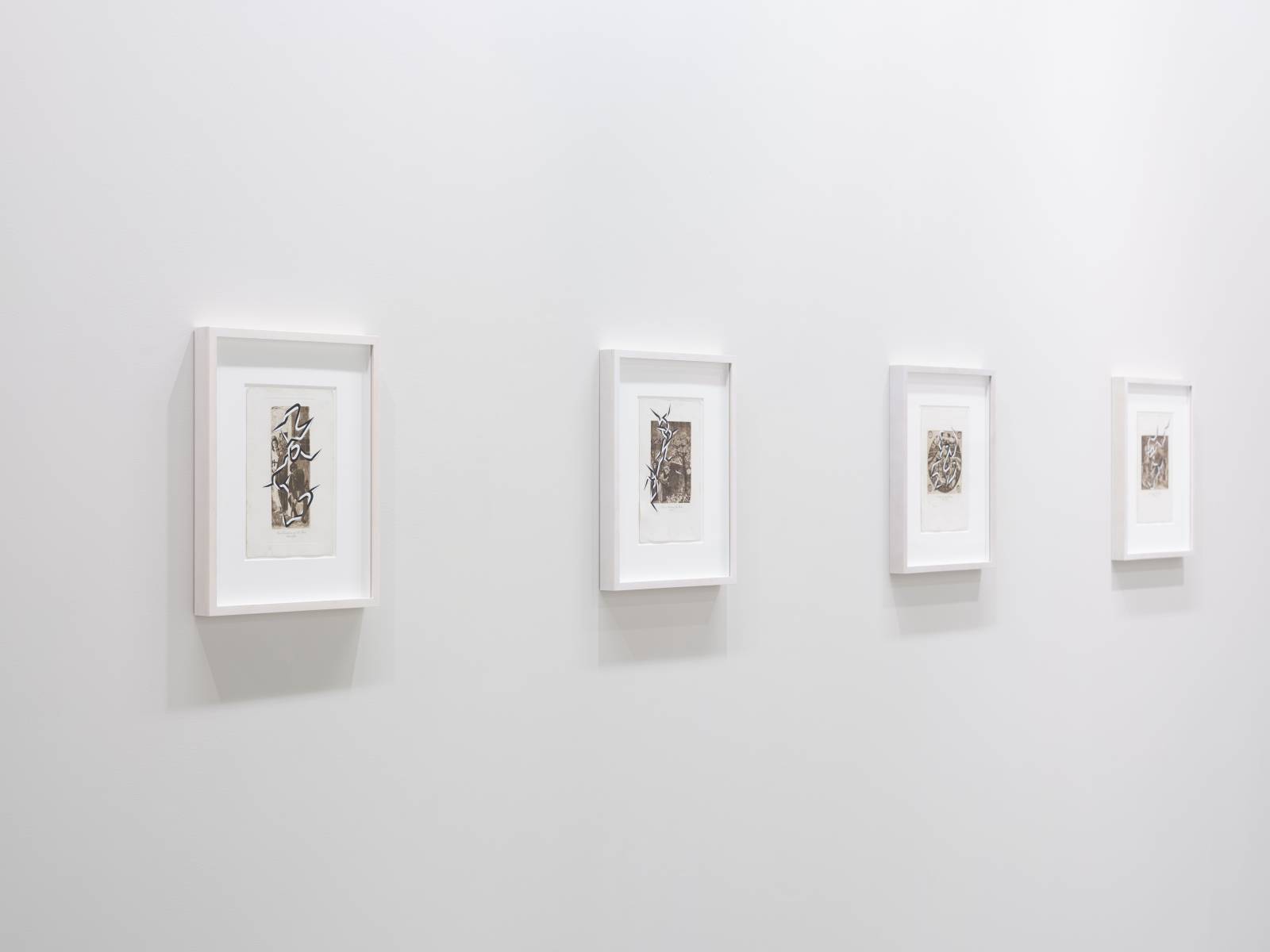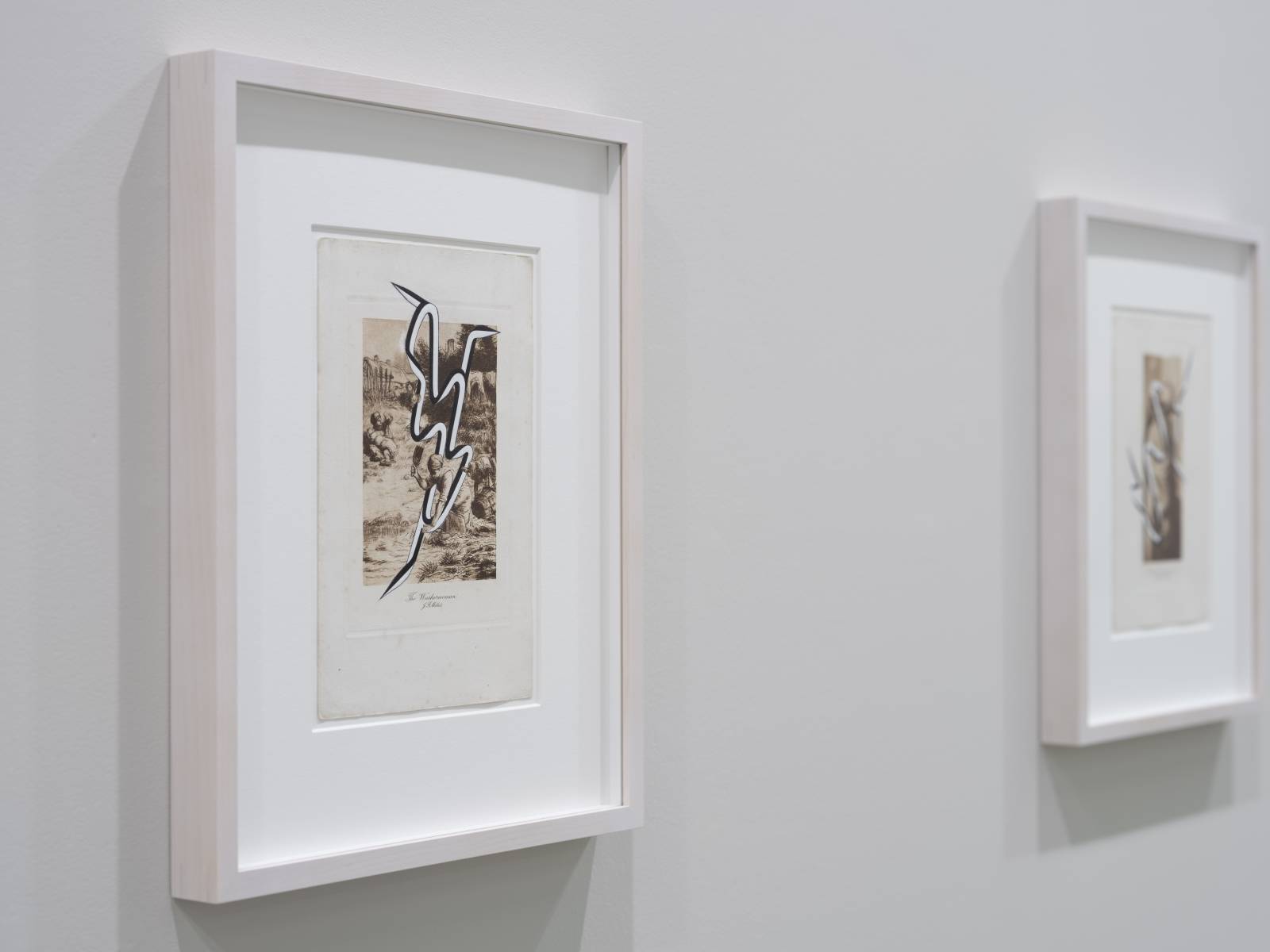Enrico Isamu Oyama | Epiphany
15 October - 12 November, 2022
Venue : Takuro Someya Contemporary Art
Takuro Someya Contemporary Art is pleased to present Epiphany, an exhibition by Enrico Isamu Oyama. This is the artist’s first solo exhibition at the gallery in four years. Oyama was born in 1983 and is currently based in New York and his hometown of Tokyo. In addition to his artistic practice, he is known for his publications on the culture of aerosol writing, which include Against Literacy: On Graffiti Culture (LIXIL Publishing, 2015).
Oyama is best known for his signature motif called Quick Turn Structure (QTS), an original concept that deconstructs the letters with which street artists mark their identity, removing their function as signs and reducing them to abstract forms. For Oyama, QTS is a means to engage with the world, generated through interaction with the place or conditions that surround it. In a work commissioned by the eyewear brand JINS for their store located in Harajuku, Tokyo, Oyama’s QTS fills the shop’s interior and expands out onto the storefront. As his three-dimensional monochromatic forms respond to the city’s continuous process of scrap-and-build, it is as though the motif itself is extending its own life.
Epiphany features a set of 23 new works in the Found Object series, which the artist began in 2012 shortly after moving to the United States. The word epiphany means “revelation” in the context of Christianity and is also used more commonly in the sense of a “realization” or “strike of inspiration.” The found objects that serve as the base of these new works are prints of artworks by artists of the Western tradition, such as Murillo, Chardin, and Giotto, found at an antique store in Oxford, UK. Oyama has inserted his QTS onto them in the aim of beginning a dialogue.
Whilst aerosol writing usually ignores the context and composition of its supporting medium, this series is unique in that QTS is drawn in response to the composition of the original image. In the work taking 17th century Spanish painter Murillo’s painting Grape and Melon Eaters* (the print gives the title as The Grape Eaters) as its base, QTS runs through the work from the upper right to the lower left as though a flash of light, emphasizing the two boys’ exchanged glances, expressions, and supple bodies, and imbuing the image with a lively movement. The series title Found Object and its methods recall the objet trouvé (“found object”) of the Surrealists and Dadaists, as well as Marcel Duchamp’s readymades. Yet where Duchamp presented everyday objects in alien contexts as something completely different, Oyama’s approach diverges by drawing out and activating qualities of the found objects themselves.
This series is a temporal intervention into not only the image of the printed artwork but also the print as object. Though Grape and Melon Eaters was painted in 17th century Spain, this series uses a print of the painting which was produced in 19th century England. Compared with the renown of the original image, the print object is nothing more than an anonymous reproduction of a painting from the history of art. Oyama’s work seeks to shed light on these buried objects and bring new aesthetic and economic value to them within the active system of the contemporary art industry.
Oyama describes the intervention of QTS in this series, and especially in these newest works, as a “resonance with past moments.” The word moments here refers to the artistic “epiphany” experienced by painters as they first conceive of the inspiration for their paintings. With QTS, Oyama attempts to traverse time and imaginatively access each of the individual moments throughout art history that mark the strike of pure creativity. As a result, QTS, the product of Oyama’s own “epiphany,” interacts with images from historical paintings, and the sharp yet organic rhythm of their metaphysical movement seems to reverberate long after the works have left the artist’s hands.
What kind of “epiphany” can we experience from these works? We look forward to sharing with you this exhibition, which brings Oyama’s representative series to a new conceptual depth.
*Made around 1645, collection of Alte Pinakothek, Munich.
[Exhibition Details]
Enrico Isamu Oyama|Epiphany
Exhibition Period: Saturday, October 15, 2022 – Saturday, November 12, 2022
Open: Tues – Sat 11:00 a.m. – 6:00 p.m.
Closed: Sun, Mon, and National Holidays
Location: Takuro Someya Contemporary Art
TSCA 3F TERRADA Art Complex I 1-33-10 Higashi-Shinagawa Shinagawa-ku Tokyo 140-0002
TEL 03-6712-9887 |FAX 03-4578-0318 |E-MAIL: gallery@tsca.jp
Artist Profile
Oyama was born in 1983 in Tokyo and graduated from Keio University (Faculty of Environment and Information Studies) in 2007. He received his MFA from Tokyo University of the Arts (Department of Intermedia Art) in 2009.
He has garnered critical acclaim within the contemporary art scene for his signature motif, the “Quick Turn Structure,” which has its origins in the visual language of aerosol writing and street culture.
In 2011 Oyama received a grant from the Asian Cultural Council for a stay in New York City and went on to establish his studio in Brooklyn.
Major solo exhibitions include, among others, the Kanagawa Prefectural Gallery (JP), Fujisawa City Art Space (JP), Daiwa Ango-Japanese Foundation, London (UK), Marianna Kistler Beach Museum of Art, Kansas (US), Pola Museum, Hakone (JP), Nakamura Keith Haring Museum, Yamanashi (JP), and Tower 49 Gallery, New York (US).
Oyama’s publications include Against Literacy: On Graffiti Culture (LIXIL Publishing), The Real Faces of Street Art: New York Writing Culture (Seidosha), and The Art in the Streets: From Twombly to Banksy (Kodansha). Additionally, he served as editor of a special issue on aerosol writing for Japanese art magazine Bijutsu Techo and has collaborated with brands such as Comme des Garçons, Shu Uemura, JINS, and Audi. In 2020 Oyama opened a studio in Tokyo and now works between Japan and the United States.
Our Commitment to Safety During COVID-19
In order to prevent the further spread of COVID-19, we will take the following actions:
- All visitors will be required to wear a mask upon entry into the gallery.
- All visitors will be asked to disinfect their hands with alcohol spray at the entrance.
- Visitors may be asked to wait outside to prevent overcrowding.
- We ask that anyone with the following symptoms refrain from visiting the gallery:
*Temperature over 37 degrees Celsius
*Any cold symptoms (including fever, coughing, sneezing, sore throat)
*Strong fatigue or difficulty breathing
*Received a COVID-19 diagnosis or been in close recent contact with someone who has
*Other concerns about their health
- Gallery staff will monitor their health daily, including temperature checks, and take part in other preventative measures such as wearing a mask while working.
- Under certain circumstances, we may be required to temporarily close the gallery. We ask for your understanding and cooperation in the event of such a situation.


